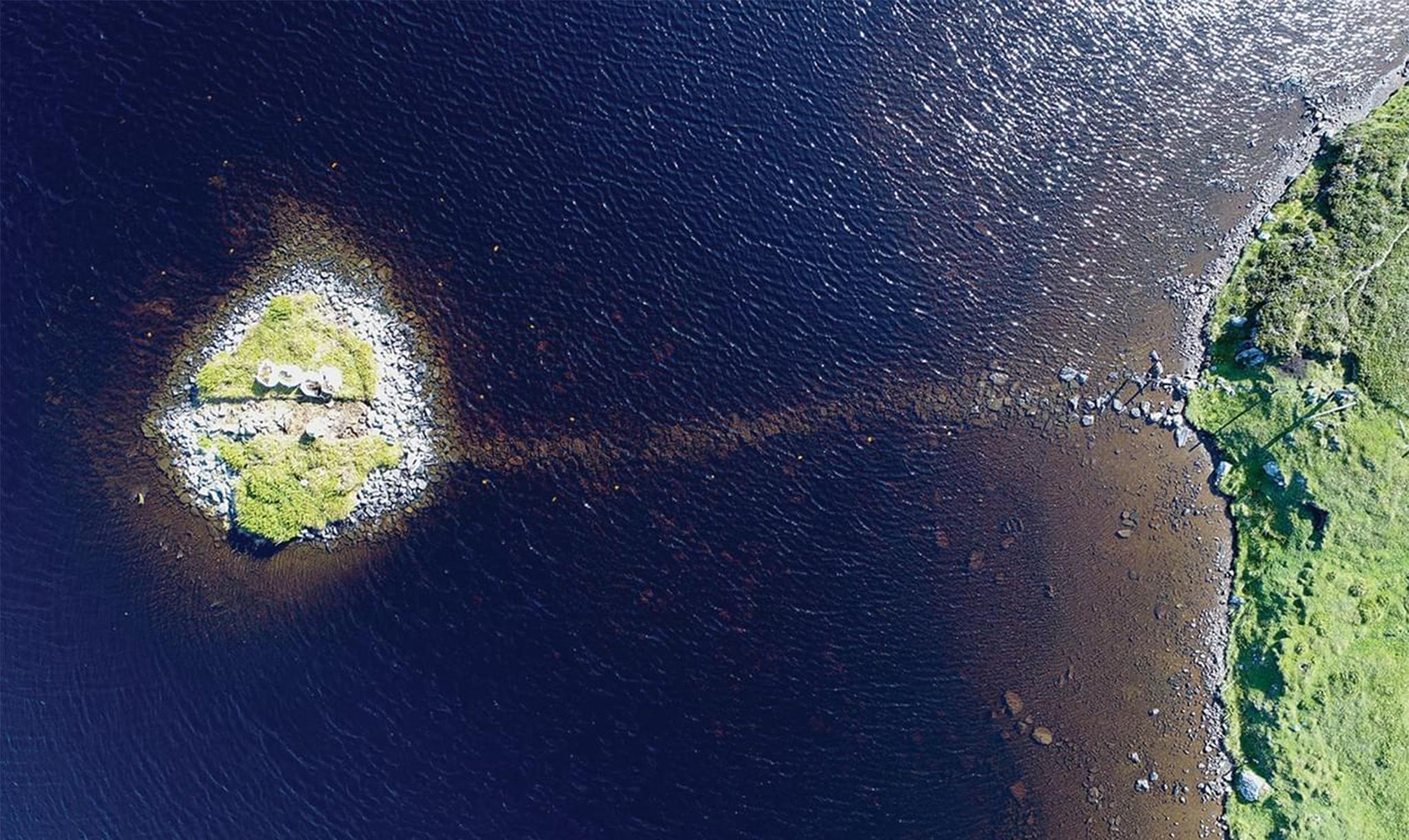‘Crannogs’: Mini islands in Scotland thought to be 5,000-year-old ceremonial sites
Scientists believe sites were once 'special locations' used for ritualistic offerings

Your support helps us to tell the story
From reproductive rights to climate change to Big Tech, The Independent is on the ground when the story is developing. Whether it's investigating the financials of Elon Musk's pro-Trump PAC or producing our latest documentary, 'The A Word', which shines a light on the American women fighting for reproductive rights, we know how important it is to parse out the facts from the messaging.
At such a critical moment in US history, we need reporters on the ground. Your donation allows us to keep sending journalists to speak to both sides of the story.
The Independent is trusted by Americans across the entire political spectrum. And unlike many other quality news outlets, we choose not to lock Americans out of our reporting and analysis with paywalls. We believe quality journalism should be available to everyone, paid for by those who can afford it.
Your support makes all the difference.Artificial miniature islands that speckle the waterways of Scotland and Ireland are twice as old as originally thought, scientists have revealed for the first time.
It had previously been thought that hundreds of artificial islets, known as “crannogs”, had been built in the last 2,500 years.
But new research published in Antiquity, an academic journal on the subject of archaeology, says crannogs actually date back to the time of Stonehenge which was built more than 5,000 years ago, and potentially served as ritualistic offerings.
Scientists researched crannogs in the Outer Hebrides, off the coast of mainland Scotland, and now believe they were once “special locations” because pottery has been found littered in the seabed around them.
The findings suggest the sites may have been constructed by transporting and piling massive boulders on top of flat land and it is likely they were then used for ceremonial purposes.
Many of the ceramic vessels were either still intact or broken into large fragments, suggesting that there was a systematic and ritualised manner in which they were put into the water, according to the website IFL Science.
People built, modified and reused crannogs in Scotland up until the 17th century, according to the Scottish Crannog Centre.
More than 570 known sites have been recorded in Scotland and Ireland so far.
Join our commenting forum
Join thought-provoking conversations, follow other Independent readers and see their replies
Comments